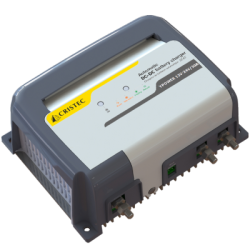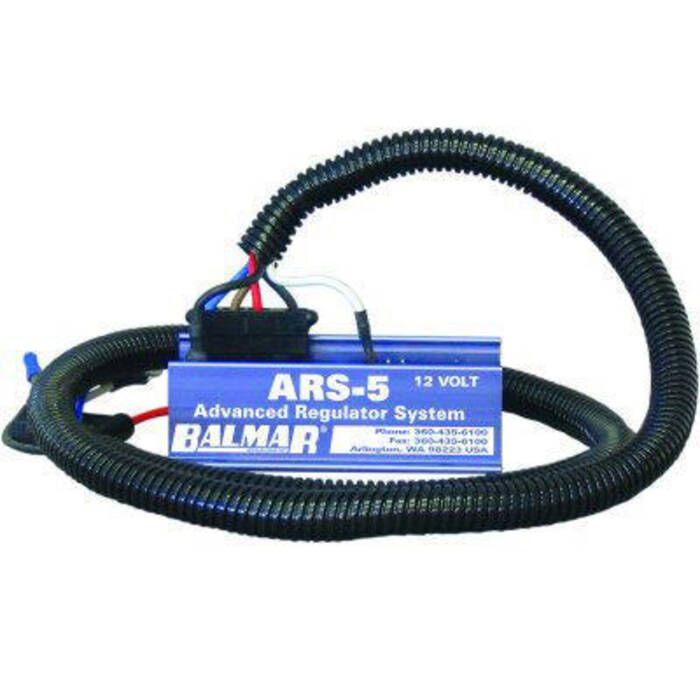SolarRat
Solar Addict
As I learn more about this I am now considering shelving my victron 100/20 that I purchased with my solar panels and purchasing the Renogy MPPT DC to DC charger as a all-in-one solution to alternator charging AND solar. I like the victron app for configuration and that it would tie into the BMV for temperature monitoring, but I am worried about the alternator and the DC system in the event the LFP BMS cuts off. I am going to maintain a separate lead acid (existing is an AGM) start battery and my plan before considering the MPPT DC to DC charger was to separate the banks, leave the alternator connected to the Start and buy a DC to DC Charger. The Orion TR Smart Charger is about $350CAD so about the same price (if not a little more) as the Renogy.
What would you do? (Space is at a premium but I also want a safe system...
Neither of those DC-DC chargers will boost the voltage from your 12v system to the 24v tesla battery. You'd need a boost charger like these. I have no experience with either, and you'll have to make sure the output can be configured to work with a Tesla pack's voltage range.

Cristec 12V to 24V DC Multistage DC-DC Boost Converter Battery Charger
Charges 24VDC batteries from 12V Supply - Great for electronic winches, windlass, bow thrusters, etc

Sterling Power battery to battery charging system - DC to DC smart battery charger, marine grade DC powered charger 12v to 24v
DC to DC converter. Charge your auxiliary battery bank with the correct multistage, temperature compensated charging curve by using the input power of any vehicles alternator thru the start battery system automatically while the vehicle is running.
www.sterling-power-usa.com
EDIT: Oops...you weren't the one with the Tesla battery. If your's is a 12v battery either of the chargers in your post would work.




